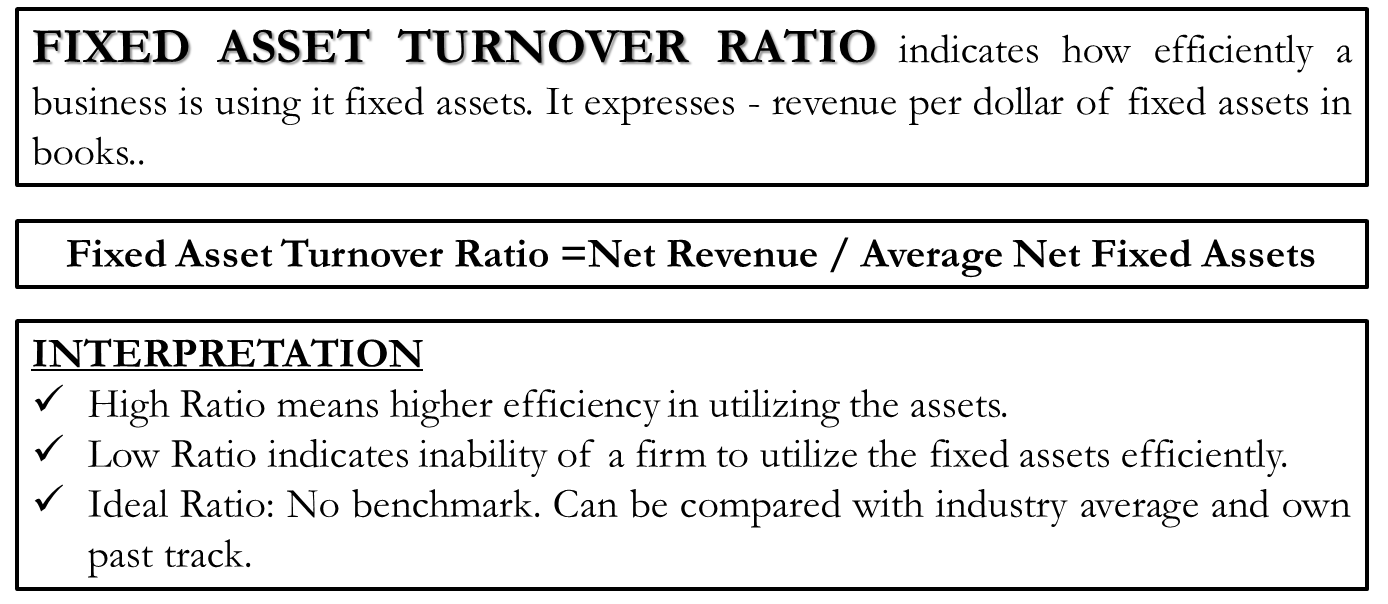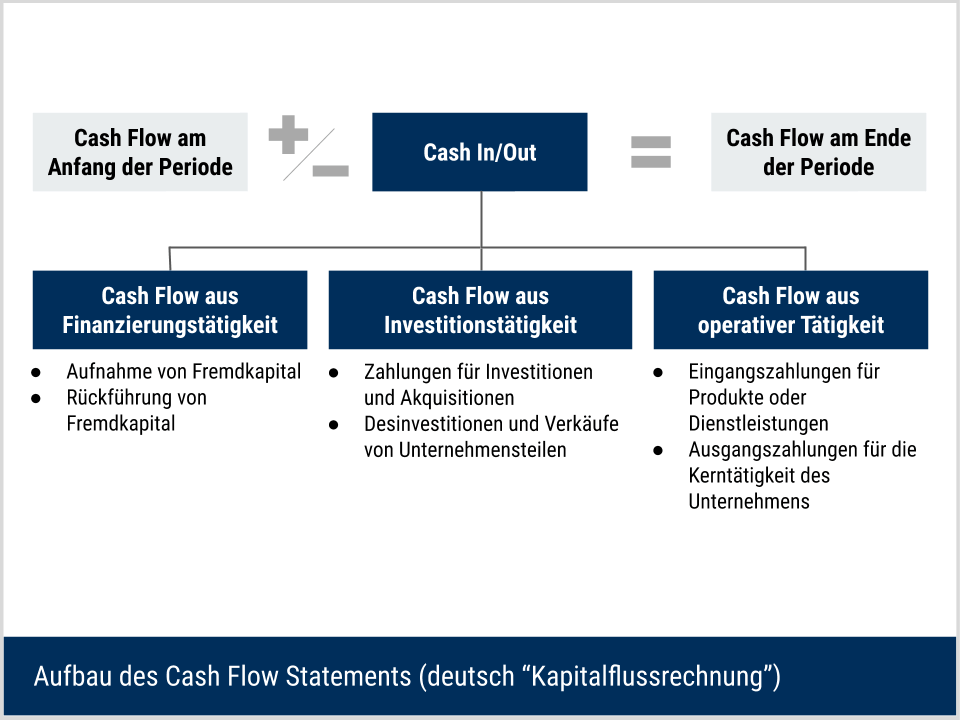
When cash is readily available, business owners can invest in opportunities that may arise at any given point in time.

Good news: Your cash flow is positive, at $2,500 for the month. You paid $500 in bills and expenses, and your customers paid you $2,000 for your services.

Let’s say you started with $1000 in cash at the beginning of the month. Positive cash flow is defined as ending up with more liquid money on hand at the end of a given period of time compared to what was available when that period began. When conducting a cash flow analysis, you’ll want to be sure you understand the following key terms.
#Cash flow definition pdf#
To see a visual example of how this works within a business, you can download this free cash flow example as a PDF or Excel sheet. You can also look at your cash flow over different time frames – quarterly, for example – but a good rule of thumb is to look at your cash flow on a regular basis to better understand any changes in the health of your business. When analyzing your historical cash flow statement you’re looking at the amount of real cash you have on hand at the beginning of the month, compared to your cash at the end of the month. If you want to learn more, you can check out our more detailed explanation of the difference between cash flow and profits. To keep your business afloat, you need to have a good sense of what comes in and what goes out of your business on a monthly basis and do everything you can to remain cash flow positive. That’s why keeping track of cash flow is so important. Without that cash in hand, it’s going to be tough to fulfill orders, meet payroll, and pay your rent. Meanwhile, you can only pay your bills with real cash in your bank account. You keep track of the money your customers owe you in accounts receivable. It’s still in your customers’ hands, even though you’ve invoiced them for it. It isn’t actually available to your business at this point.

If the money your customers owe you hasn’t made it into your bank account, it won’t appear on your cash flow statement yet. Those sales will only show up on your income statement. It represents the liquidity of your business and basically, if you can’t use it right now to pay your bills, it’s not cash.įor example, if you’re making a lot of sales but you invoice your customers and they pay you “net 30,” or within 30 days of receiving the invoice, you could have lots of revenue on paper but not a lot of cash in your bank account because your customers haven’t paid you yet. Profits can include sales that you’ve made but haven’t been paid for yet.Ĭash, on the other hand, is the amount of money you actually have in your bank account. That may not be intuitive at first, but it’s because cash and profits are very different things. What’s the difference between Cash and Profit?īelieve it or not, it’s possible for your business to be profitable but still run out of cash. If your net cash flow number is negative, your business is cash flow negative and you are finishing the month with less cash than you started with. If your net cash flow number is positive, your business is cash flow positive and accumulating cash in the bank. The simplest formula for calculating cash flow is:ĬASH RECEIVED – CASH SPENT = NET CASH FLOW Usually, cash flow is measured over the course of a month or a quarter.

Cash flow measures how much money is moving into and out of your business during a specific period of time.īusinesses bring in money through sales, returns on investments, and from loans and investments-that’s cash flowing into the business.Īnd businesses spend money on supplies and services, as well as utilities, taxes, loan payments, and other bills-that’s cash flowing out.Ĭash flow is measured by comparing how much money flows into a business during a certain period of time compared to how much money flows out of that business during that same period.


 0 kommentar(er)
0 kommentar(er)
